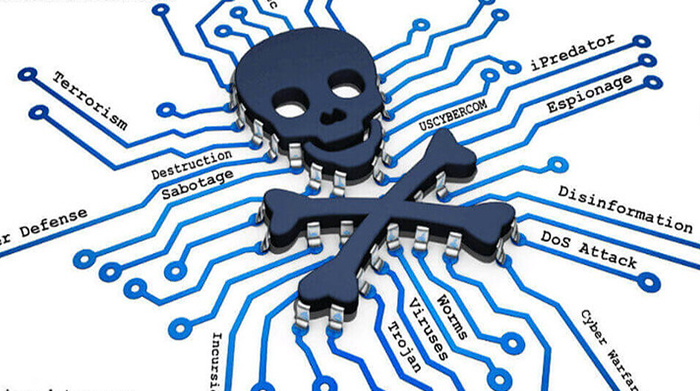Incorporating Acts of Terrorism into Utility Emergency Plans

Image courtesy of Michael Nuccitelli under CC0 1.0 Universal Deed, resized to 700 x 391 pixels.
Protecting the grid from terrorism is a huge challenge for electric utilities. In the face of growing threats, electric utilities must be willing to increase their focus on assessing vulnerabilities, employing risk analysis methodologies that identify critical assets, and evaluating potential threat scenarios. In other words, this is easier said than done!
Tactics for Mitigating the Risk of Terrorism
Extremists are constantly attempting to manipulate the grid and cause mass blackouts, which means the onus is on utilities to incorporate advanced anti-terrorism security measures into their operational protocols. As previously alluded to, the first step is to conduct an assessment to prioritize which infrastructure components – generation plants, substations, transmission lines, etc. – require immediate attention and protection.
To enhance physical security, electric utilities have a variety of strategies to consider. One approach is the implementation of advanced surveillance technologies, including CCTV systems with facial recognition capabilities, along with increased presence of trained security personnel. In addition, many utilities have erected physical barriers surrounding key installations, utilizing fencing, blast-resistant materials, and controlled access points.
Cybersecurity is another critical aspect of protecting electric utility infrastructure from terrorism, as digital systems have become indispensable for monitoring, controlling, and managing electric grids. Measures such as advanced firewalls, real-time intrusion detection systems, and regular penetration testing are commonly deployed to identify and mitigate vulnerabilities across cyber networks.
Beyond surveillance and addressing physical and cybersecurity vulnerabilities, another critical element involves collaborating with local, state, and federal law enforcement agencies to share best practices. This collaboration is vital to develop a proactive rather than reactive response to potential threats. Finally, employee education and awareness are vital to ensure employees at all levels know how to recognize and respond to potential threats.
There is little doubt that this is a growing threat to the utility sector. By implementing a holistic security strategy that synergizes physical hardening and cybersecurity initiatives, electric utilities can better shield their infrastructure against acts of terrorism.



